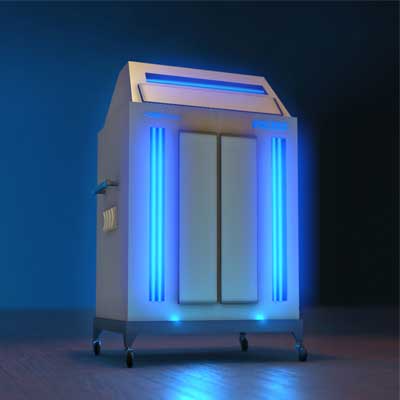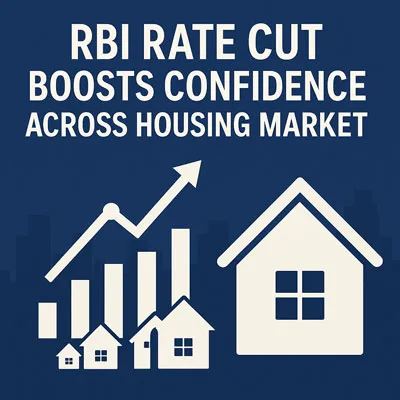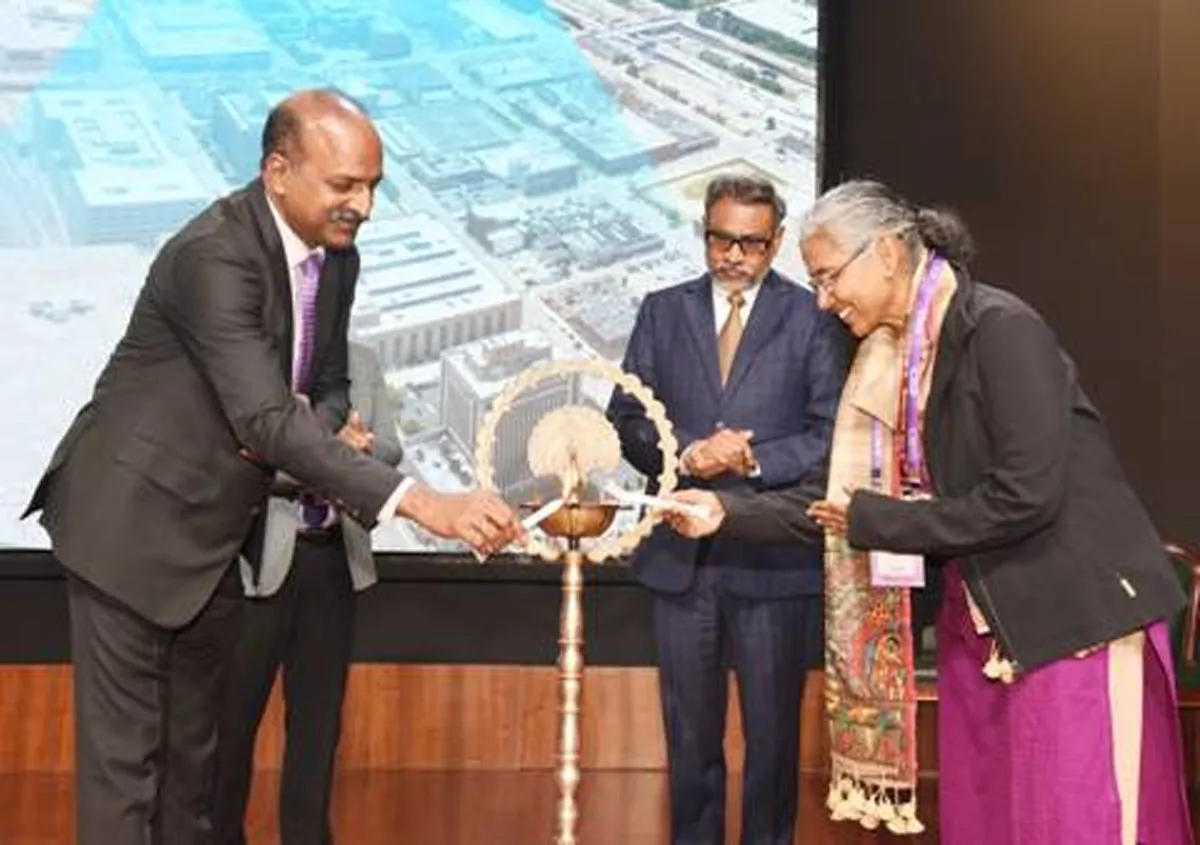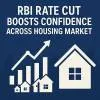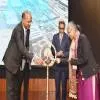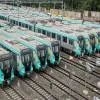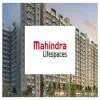Buildings old and new are making fresh investments in HVAC to face the new normal.Before the pandemic, HVAC buyers were fixated on energy-efficient systems and automation. Air quality requirements were mainly limited to hospitals.In contrast, the new normal after COVID-19 is underscored by greater and widespread awareness of the quality of indoor air and acceptance for desirable standards. So, what do standards mandate?Revised guidelinesISHRAE has developed a guideline specific to COVID-19, a concise document containing extracts from many ISHRAE publications and standards focusing on air-conditioning and ventilation system design to mitigate the effects of the virus, according to Amitabha Sur, Director, Operations, Aircon India Incorporated, and National President, ISHRAE. “The aim is to dilute pollutants in the indoor air through proper ventilation and improved filtration.”With this, “HVAC standards have expanded from being focused around comfort and taking care of pollutants like particulate matter and volatile organic compounds to covering infection control and occupant health/safety,” explains Vishal Kapur, Chair of ISHRAE’s Technical Committee and Managing Director, Meho-HCP Air Systems. “In particular, the level of filtration in the recirculation air now should be as near the MERV13 level. Bringing in more outdoor air and ensuring good air distribution are other essentials.”ISHRAE has also recently launched a standard defining the process of HVAC system commissioning to eliminate instances of the failure of efficient design owing to improper commissioning and not following a process of validation of the design, adds Sur.Implementing standardsBoth in India and internationally, the HVAC guidelines to handle the pandemic are the same, and include more fresh air changes, improving filtration levels, increasing the indoor temperature from 24°C to 27°C, and maintaining relative humidity between 40 per cent and 60 per cent, says Senthil Thangam, Senior General Manager, Commercial Air-Conditioning, Blue Star.“Of course, the level of ventilation and filtration required differs for different spaces,” explains Sur. “For example, in a hospital, the operation theatre will need cleaner air than a ward and/or private room. In a hotel, banquet rooms and restaurants would need more intense ventilation and filtration than rooms. Different media can help achieve standards, although some are specific to certain applications and may have adverse effects if differently applied. Therefore, a detailed study of the application and proper engineering are advisable, particularly for larger spaces and residences.”Broadly, “before the pandemic, the norm was one air change per hour or even less while now at least two air changes per hour are recommended, and also higher filtration levels or UVGI filters for the commercial and hospitality segments,” says Thangam. For applications like hospitals, Blue Star suggests three air changes per hour and HEPA filtration. With this, the cost of systems can increase by 10-25 per cent depending on the customer’s choice.“Taking in more fresh air increases the cooling load and, hence, more energy-efficient chillers and energy conservation methods like heat recovery options are being sought,” observes Kishor Patil, Country Head, Trane HVAC Business India & SAARC Markets. “Customers have also started looking at demand-based ventilation systems, which use zone sensors to determine the optimal amount of fresh air required to be pumped into the room. When filtration needs increase, the air-handling unit (AHU) dimensions also increase. Consequently, for AHUs, customers have started considering EC fans/plug fans, which offer better part load efficiencies and generate less noise than traditional centrifugal type fans.”In-demand productsISHRAE’s guidelines span the use of products like ultraviolet germicidal irradiation (UVGI), external static pressure (ESP), air changes, air temperature and exhaust air across different air-conditioned spaces like offices, hospitals (and within them, operation theatres) and shopping malls, observes Patil. “So practically, this shift has increased the demand for products that enhance indoor air quality (IAQ) and are highly energy-efficient to boot, to minimise operation cost.”“We’re seeing increased demand for IAQ space solutions, including UVGI products, automated duct cleaning, and filtration,” affirms Dharmendra Pratap Singh, SVP & Head, Infrastructure Solutions, Voltas.UVGI and standalone air purifiers have come in prominence, agrees Kapur, while cautioning that one needs to be very careful while selecting/designing/installing the technology and product. Selecting the correct product, right technology and smart designs will ensure operating costs are kept in control. Broadly, the selection of the system and capacity depends on the occupancy and activity type, apart from the space dimensions and ambient air quality.HVAC providers have introduced new products to meet this demand and handle the challenges posed by the pandemic. “We have rolled out treated fresh air units, air-conditioning systems with UVGI and air-conditioning systems with special filters,” says Thangam.In November 2020, Trane introduced the Trane Air Cleaning System to improve IAQ for businesses and residences in India. This helps reduce pathogens and other contaminants in indoor environments, including particles, gases and viruses. PCO+UVGI solutions show more than 99 per cent effectiveness in removing both the H1N1 virus and microbial contaminants like Staphylococcus albus bacteria. Additionally, high-voltage electrostatic filters have the capability to remove 99.9 per cent of PM 2.5 “respirable” particles in new buildings and retrofits, business centres, healthcare facilities, offices, educational institutes and industrial sites.Voltas offers UV-powered duct and air disinfectants to provide urgent and long-term needs for safety in shared areas such as cinemas, waiting rooms and workplaces. A new super UVC LED-based Pure Air inverter AC with a cutting-edge UVC LED system quickly disinfects interior air. Voltas and its engineering partners offer several UVC-based technologies to address COVID-19’s ability to survive on surfaces: RUKS CoiloTron for cooling coils and drain pans; Handheld, a portable disinfection unit; the UV Cart System to sanitise areas and quickly inactivate microorganisms, and the RUKS GermiTron UGVI system to kill 90 per cent bacteria and virus per pass.Towards energy-efficiencyBuilding owners want products that ensure better IAQ without sacrificing efficiency gains. Thangam reports that the offtake of more efficient systems has increased significantly after the pandemic.The biggest shift in energy-efficiency technologies has been towards inverter-based products across all categories, says Kapur. “In future, the fixed speed segment will be reduced to a minimum.”“Customers have started looking towards next-generation solutions like hydrofluoro-olefins (HFO) chillers, which are much more efficient and use low global warming potential (GWP), zero ozone depletion potential (ODP) refrigerants, enabling building owners to achieve sustainability goals,” adds Patil.Specific to the needs of indoor spaces after the pandemic, Blue Star has introduced the highly energy-efficient treated fresh air system for a higher intake of fresh air with very optimal power consumption. Blue Star’s next-generation inverter ducted systems, 5th generation VRF systems with advanced automations, and star-labelled scroll and screw chillers offer 25 per cent plus power savings compared to conventional systems.While products play a big role in making HVAC systems sustainable, Kapur puts the focus back on design, saying “energy-efficiency is always system-centric, not product based, and it starts from the design of the structure. Buildings with carefully controlled solar gains and good thermal inertia require much less intervention from active or passive cooling systems. Reducing heat ingress during the day should be the first line of defence.”Air quality checksGradually, the monitoring of CO2 apart from other parameters is also increasing, either as real-time continuous monitoring or on a periodical basis, to check ventilation levels and improvements in filtration, with deviations from the goal necessitating suitable intervention, points out Kapur. “Measuring IAQ during actual operation and use of the facility is paramount to ensure we are achieving what we designed for.”Customers are keen to verify the effective implementation of systems and, hence, measuring filtration levels, the air quality index, etc, affirms Singh. “Integrating air quality-related systems with the overall BMS to continuously monitor, maintain and upgrade its performance is another priority as is ensuring the discharge of virus-free air from a COVID-19 infected/contaminated area.”Managers are monitoring the comfort, safety and health of the indoor environment beyond the traditional temperature and humidity, adds Patil.Future developmentsThe future is all about high-performing buildings, says Kapur. ISHRAE is currently developing the ISHRAE India Building Energy Performance Standard, which he expects will be a gamechanger for the construction industry. This standard will define energy performance parameters, indices, test/evaluation/operation for all envelope and electro-mechanical systems and subsystems in a building giving due cognisance to the lifecycle cost.Passive and low energy cooling systems in combination with mechanical systems will find more prominence in the years ahead, he believes. “Feasible alternate technologies suggested by NBC-2016 (such as pre-cooling ventilation air through heat/enthalpy recovery wheels and economiser cycles, single or two-stage evaporative cooling, desiccant dehumidification/cooling, geothermal cooling, earth air tunnel, radiant cooling, etc) are being considered and these will further increase.”“Looking at the commercial HVAC industry, I expect future technologies to focus on system efficiency and renewable energy,” says Singh. “A lot of research is being done to develop more energy-efficient HVAC equipment that consumes less gasoline and power without sacrificing efficiency or durability. To keep these systems ticking without impeding productivity, evolved lifecycle management systems will create more opportunities for service providers.”Indeed, opportunities are what everyone is looking for.Continuing impact of the pandemic on new projects, existing buildingsNew projects are being designed with a mix of increased outdoor air ventilation, improved filtration (for recirculation as well as outdoor air) and sometimes a mix of active intervention technologies such as ultraviolet germicidal irradiation (UVGI), notes Vishal Kapur, Chair of ISHRAE’s Technical Committee and Managing Director, Meho-HCP Air Systems. “Retrofits are on the rise in existing spaces, and cover ventilation and filtration within the constraints of the system, often with active technologies and air purifiers.”Calling this development a major shift, Dharmendra Pratap Singh, SVP & Head, Infrastructure Solutions, Voltas, affirms that existing buildings as well as almost all new projects have an inbuilt requirement of products and new technologies related to maintaining air quality, a virus-free environment, etc.Voltas’s existing customers such as AIIMS Mother and Child Delhi, AIIMS OPD Delhi and Lucknow Airport have ordered additional solutions ensuring a virus and dust-free environment. And innovative products such as UVGI, photohydroionisation (PHI) and air purifiers have been installed in TCS’s existing offices pan-India for a dust and virus-free environment.
